Prøve GULL - Gratis
SISTERHOOD
The New Yorker
|February 17-24, 2025 (Double Issue)
A remarkable alliance between an order of Catholic nuns and the women on Texas's death row.
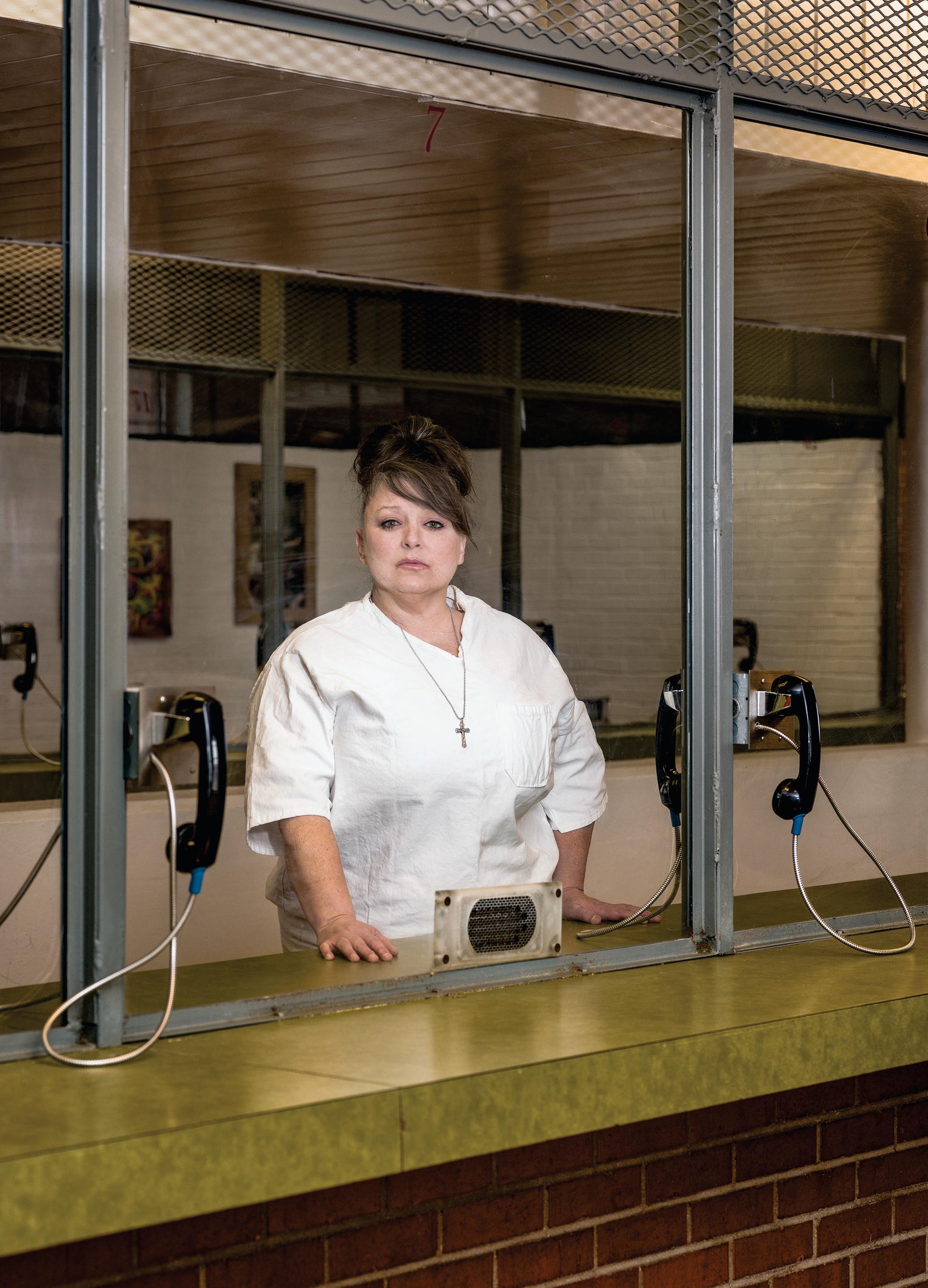
Gatesville, Texas, a prison town a hundred miles north of Austin, has six correctional facilities, five of them housing female inmates. On the widely spaced campuses, each surrounded by towering chain-link fences topped with razor wire, women in white uniforms can be seen mowing grass. In the spring, nearby pastures fill with wildflowers unseen by the inmates. On a nice day, you might hear the guards taking target practice.
The Patrick L. O'Daniel Unit is a single-story red brick complex set on a hundred acres. It used to be called Mountain View, for the modest hills on the horizon. In the fall of 2014, Ronnie Lastovica, a Catholic deacon, assisted in a Mass for the prison's general population. Afterward, an officer told him, "There's an offender on death row who would like to take Communion." The officer led Ronnie to a building that contains an area where suicidal or mentally ill inmates are kept under observation. There are also two wings housing all the condemned women of Texas.
A prisoner named Linda Carty, wearing a white tunic and baggy trousers, was brought into a bleak white common room with four round tables and chairs, all bolted to the floor. Her gray-streaked black hair was pulled back. It was like being in a black-and-white movie. She was fifty-six and had been on the row for twelve years.
Linda, who was convicted of stealing a baby and murdering the mother in the process, maintains her innocence. Like most people condemned in Texas, Linda is Black and poor. Born in the West Indies, Linda is a British national entitled to support from the British consulate; no attorney ever told her this, though. After her conviction, the British government, which opposes capital punishment, asked a Houston firm to pursue appeals. All failed.
Denne historien er fra February 17-24, 2025 (Double Issue)-utgaven av The New Yorker.
Abonner på Magzter GOLD for å få tilgang til tusenvis av kuraterte premiumhistorier og over 9000 magasiner og aviser.
Allerede abonnent? Logg på
FLERE HISTORIER FRA The New Yorker
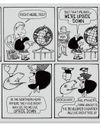
The New Yorker
THE MAGIC OF “MAFALDA”
How an Argentinean comic strip became an international phenomenon.
11 mins
July 07 - 14, 2025 (Double Issue)

The New Yorker
BY THE BOOK
What we learn from reading the fiction touted in our début issue.
13 mins
July 07 - 14, 2025 (Double Issue)
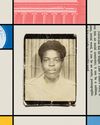
The New Yorker
THE STORY PART
Student days and a search for community.
19 mins
July 07 - 14, 2025 (Double Issue)

The New Yorker
THE SILENCE
A great silence opened up inside her. But that made it sound more dramatic than it was. It happened by degrees, creeping up slyly. And at times, in certain places and situations, it was expected and welcome—on a long walk, or when a person confessed something pitiful, or at a funeral or a party. In all those places, where once she'd had a lot to say—too much, honestly—now there was this silence and she became a far better listener. Not consciously, that was just one of the consequences. It wasn't a Zen silence or an enlightened silence or anything she'd worked to achieve. It was only a sort of blank. Once, on a mini-break, she'd spotted a sentence graffitied on a bridge in Paris: “The world is everything that is the case.” (It was written in English and stuck in her mind.) The silence felt like that: it spoke for itself. But it could also offend and disappoint others, the same way the world itself never seems enough for some people. It was no use on big family occasions, for example, or when one of her adult daughters called her name from another room, or if someone at work asked for her view on the news of the day. It could make other people feel awkward. But when she was alone with it, whenever it coincided with her own long-standing habit of looking upward into the branches of trees—then it didn't really bother her at all.
23 mins
July 07 - 14, 2025 (Double Issue)
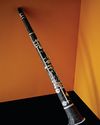
The New Yorker
THE COMEDIAN
My father worked nights as the desk attendant at a cheap hotel downtown. It was a thankless job behind bulletproof glass, which was all he had to shield him from demented drunks and screeching prostitutes, from seven in the evening until four in the morning, the poor man.
24 mins
July 07 - 14, 2025 (Double Issue)

The New Yorker
IS IT THE PHONES?
The tantalizing power of the theory that screens are harming teens.
13 mins
July 07 - 14, 2025 (Double Issue)

The New Yorker
THE END OF THE ESSAY
What comes after A.I. has destroyed college writing?
25 mins
July 07 - 14, 2025 (Double Issue)

The New Yorker
EASY MUSIC
How Elmore Leonard perfected his style.
23 mins
July 07 - 14, 2025 (Double Issue)
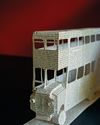
The New Yorker
JUBILEE
A wooden ruler with the etched faces of Henry VIII's six wives running down the middle; ticket stubs from Hampton Court and the Chamber of Horrors, where we walked ahead of our mothers, hand in hand; a few wrappers of Dairy Milk.
34 mins
July 07 - 14, 2025 (Double Issue)
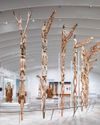
The New Yorker
PRIDE AND PROVENANCE
The Met's new Rockefeller Wing daxxles—and whispers, “Finders, keepers.”
6 mins
July 07 - 14, 2025 (Double Issue)
